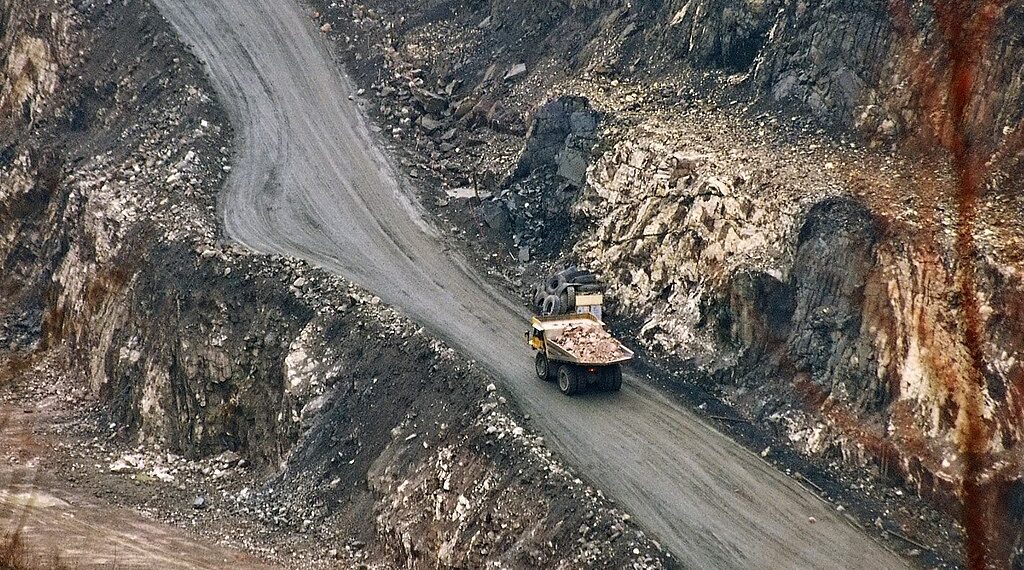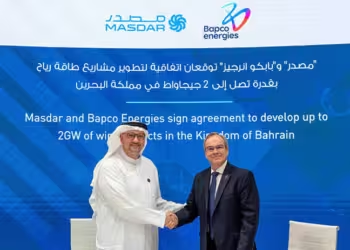The International Council on Mining and Metals (ICMM ), which provides a framework for companies to calculate their emissions throughout the extraction and refining process, has reminded producers from across the world of their responsibility in the week that COP28 concluded
The ICMM new Scope 3 Emissions Accounting and Reporting Guidance provides a standardised framework for mining and metals companies to calculate and disclose their value chain emissions. It aims to improve transparency and accelerate collaborative action with suppliers and customers on reducing these emissions.
Scope 3 encompasses emissions that are not produced by the company itself and are not the result of activities from assets owned or controlled by them, but by those that it’s indirectly responsible for up and down its value chain (see below for Scope 1 and 2)*.
This week as COP28 came to an end in Dubai, the ICMM chief executive officer Rohitesh Dhawan said in a statement: “As the discussions at COP28 have made clear, each sector bears the responsibility to understand its part in the broader system and extend beyond immediate boundaries to unearth solutions to stubborn sources of emissions. As the base products in almost every industry – from renewable energy and sustainable transport, to construction and tech – metals and minerals are critical to advancing the Sustainable Development Goals and meeting the goals of the Paris Agreement.”
The Guidance is based on the most widely used standard for accounting and reporting corporate greenhouse gas (GHG) emissions globally – the GHG Protocol Scope 3 Standard from the World Resources Institute (WRI) and World Business Council for Sustainable Development (WBCSD) – and tailored to the unique characteristics of the mining and metals industry.
Scope 3 emissions represent 75% of the emissions profile of a company on average – which can extend to 95% for mining and metals companies depending on their commodity portfolio[1].
As minerals and metals are the foundation of so many industries, this creates a particularly complex profile of Scope 3 emissions for the mining and metals sector, with significant variance across commodities and geographies. The Guidance helps companies to understand their unique emissions profiles and identify ‘hotspots’ where they can target efforts in partnership with suppliers and customers to achieve meaningful emission reductions.
The Guidance sets clear parameters for calculating emissions across the 15 categories of Scope 3 emissions in the GHG Protocol, and supports companies in applying the Protocol’s principles of Relevance, Completeness, Transparency, Accuracy and Consistency.
*Scope 1, 2 and 3 emission categories
Scope 1 emissions: Emissions from sources that an organisation owns or controls directly – for example from burning fuel in our fleet of vehicles (if they’re not electrically-powered).
Scope 2 emissions: Emissions that a company causes indirectly and come from where the energy it purchases and uses is produced. For example, the emissions caused when generating the electricity that we use in our buildings would fall into this category.
Scope 3 emissions: Encompasses emissions that are not produced by the company itself and are not the result of activities from assets owned or controlled by them, but by those that it’s indirectly responsible for up and down its value chain. An example of this is when we buy, use and dispose of products from suppliers. Scope 3 emissions include all sources not within the scope 1 and 2 boundaries.





